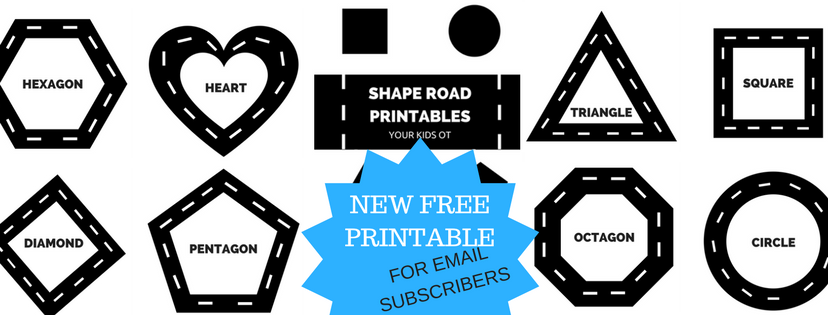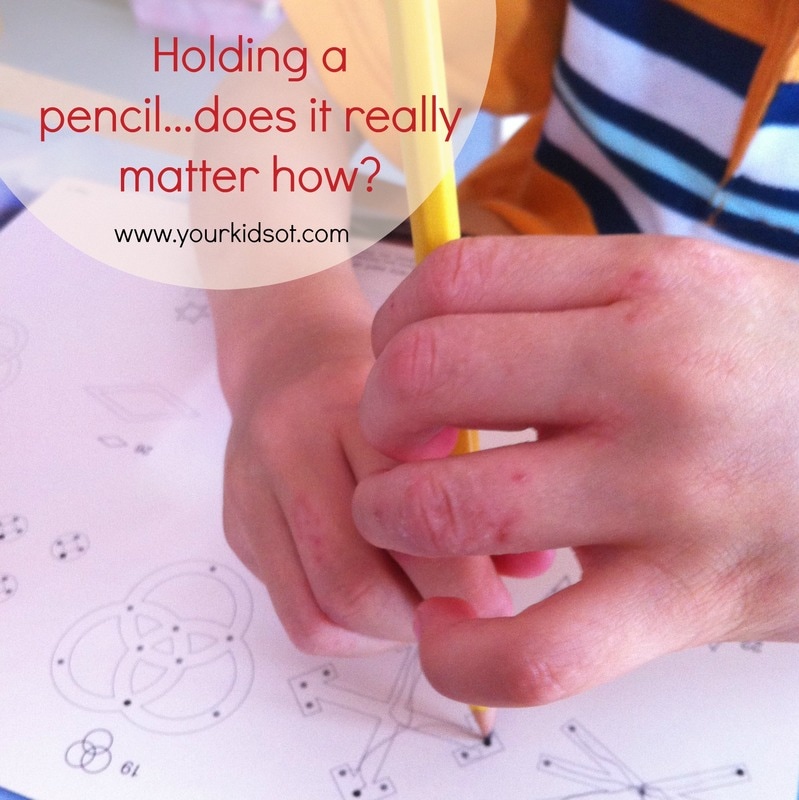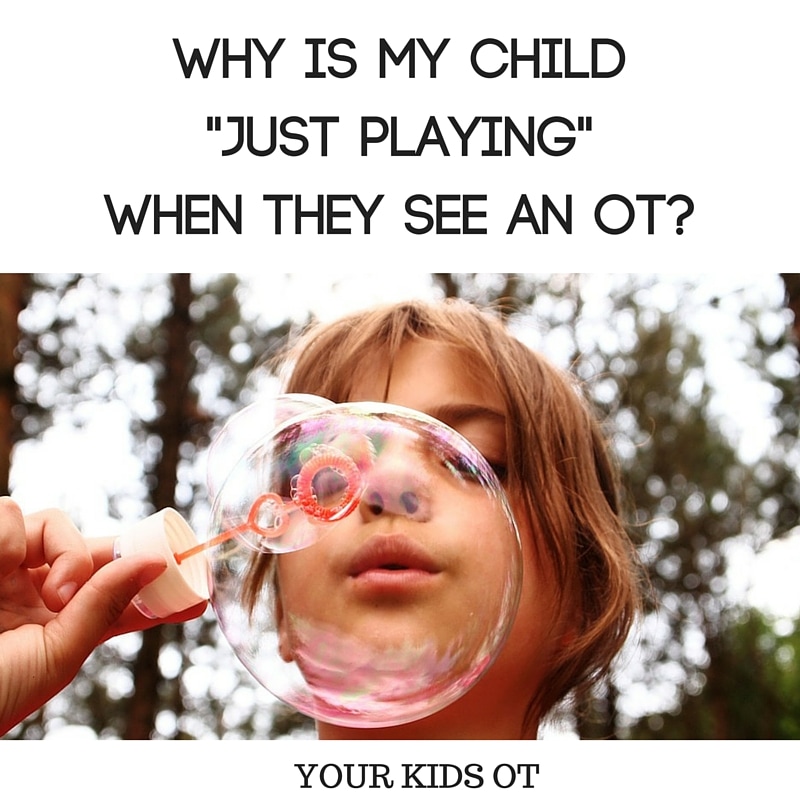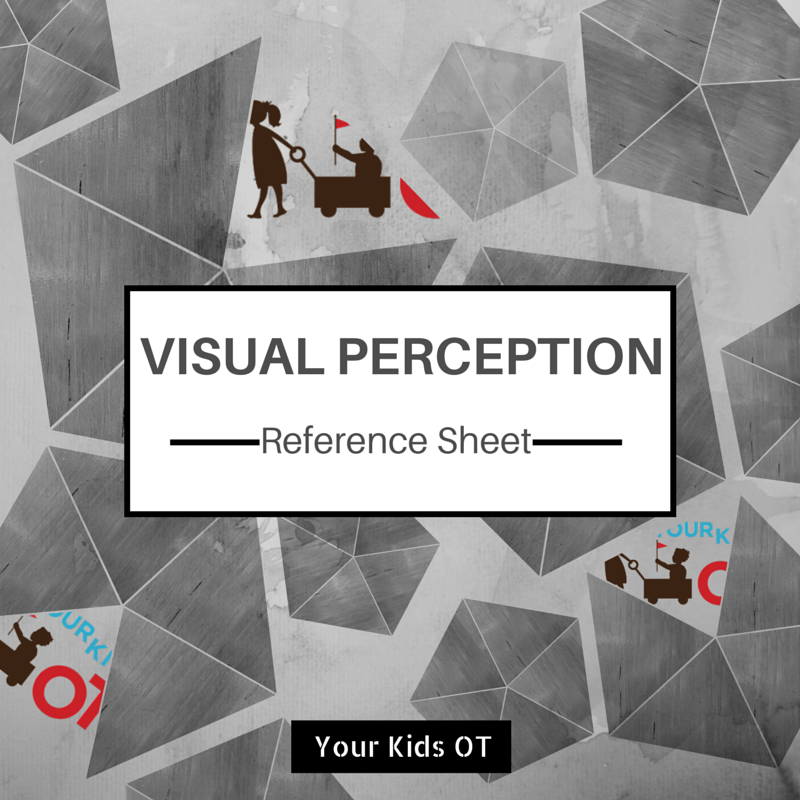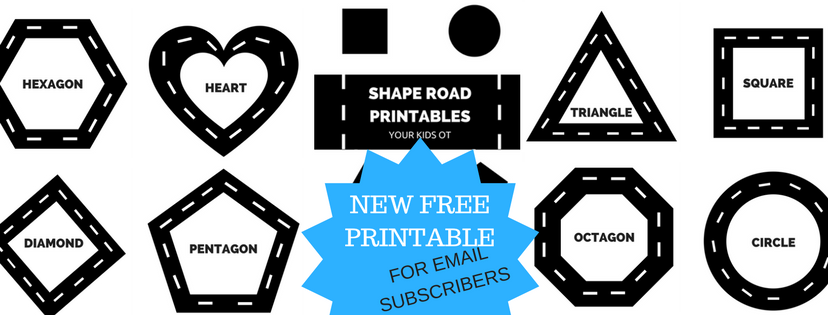|
"Open your mouth, here comes the plane!"
I'm having flashbacks to my young daughter and trying to bribe her with yoghurt to eat her dinner. Oh the things I tried. Oh the stress I placed on myself! Oh the stress I placed on her! Have you ever tried to coax your child to eat? It can be so STRESSFUL! Have you ever had to stop your child from over-eating? It can be so STRESSFUL! Join me this month in looking at meal times! I'm joined by my therapy blogger colleagues in the "Functional Skills for Kids Blog Series". There are heaps of tips and tricks to help your little ones at meal times with the links below. I wish I had read these articles as new parent. I wish I could tell first-time-parent-Cindy some of the things in this article! Here are 4 ways to modify meal times for your FUSSY eater!
1. ALTERNATIVE CUTLERY
(a) Cutlery with built up hands allow for easier grip for those with fine motor difficulties. Bendable necks of cutlery can help to angle the metal part so that the child (or adult) has more success with independent eating. Try Good Grips Utensils with built up handles. Read more about FM skills at meal times with Therapy Fun Zone's article HERE. (b) Shallower spoons are particularly good for kids with a strong gag reflex. The spoon does not need to be inserted too far into the mouth and the food comes off more easily. Try Gerber Graduates Spoon. (c) Weighted cutlery can help those who are experiencing difficulties with body and spatial awareness as well as sensory registration. Try Good Grips Utensils Weighted set of 4. (d) Chopsticks with training loops provide a guide for finger placement. Try Edison Chopsticks with right hand Minnie or right hand Mickey or left hand bunny. Some kids enjoy the novelty of picking food up with chopsticks. These are also great for working on hand strength and a tripod grasp too! I love using these chopsticks in OT (and not for meal times)! Read about thisHERE. (e) Novelty cutlery is everywhere on the market . You can find planes, bulldozers, block figures andvarious characters, etc! Kids enjoy using novelty cutlery as it brings a playful element into an every day activity. Read also how you can adapt regular cutlery withSugar Aunt's article here.
2. DIVIDED PLATES, BOWLS AND LUNCH BOXES!
Divided plates, bowls and lunch boxes are a great way to help fussy eaters. They allow you to separate food into portions. You may still present the food that they refuse and gradually encourage mixing foods from different sections. Remember that it often takes multiple presentations of the same food before a child will try something new. It is also okay if they don't eat it! Keep presenting it and don't worry! In a practical sense, divided plates, bowls and lunch boxes also keep wet foods separate from dry. There is a huge range of tableware on the market. You could try these:
For lunch boxes, you could try these:
Divided plates, bowls and lunch boxes can help kids who -
3. REGULAR ROUTINE
Establishing regular eating times and habits help children with meal times. It doesn't have to be regimented, however if meals are always around the same time of day; then your child will develop a natural circadian rhythm (natural body clock). They will begin to feel hungry at the same time of day. This will also help kids to sleep better! Establishing a family routine of setting the table, sitting, eating, talking, packing away... help children who have difficulty with transitions, creating stability and order. It can help children to understand the beginning and end of the "activity". Children also learn by example. As they see you trying new food, they want to follow. Sometimes the food on your plate might be more appealing than what they are eating. Some children prefer to feed themselves, whether that be finger food or with cutlery. Encourage this! Although it can often be quicker to feed young children yourself, this will pay off in the long run.
4. HIDDEN VEGGIES!
For or against? There are two philosophies around disguising vegetables in other food. Some people stress the importance of teaching kids a knowledge of "farmyard to plate". Teaching kids where food comes from and how it grows. Getting kids digging in the garden, planting seeds, watering and watching them grow! Some people consider hidden veggies a brilliant idea! Genius! Sneak them in so at least kids are consuming veggies where they might otherwise refuse if they "see" them. You can try these recipes with hidden veggies!
Why not try both philosophies simultaneously?
As a new parent wrangling with my firstborn, I wish I had known of some of these ways to modify meal times. The main tip I would tell first-time-parent-Cindy... was that it was going to be okay if she didn't everything but to keep on presenting it to her anyway. REALLY - it's okay if she doesn't eat it! Do you have a fussy eater? Have you tried hiding veggies? Does your child have a favourite lunch box or dinner ware? What is your best tip to help modify meal times? 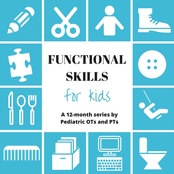
This post is part of “Functional Skills for Kids: 12 month series by Paediatric Occupational and Physical Therapists”. You can read all of the childhood functions HERE. Read all Your Kids OT’s monthly posts HERE.
For more information about “meal times”, read what other Occupational and Physical Therapists participating in the “Functional Skills for Kids series” have written:
When Can Kids Feed Themselves? (and other mealtime milestones) | Mama OT Fine Motor Skills For Mealtimes | Therapy Fun Zone Postural Control, Gross Motor Development and Mealtime |Your Therapy Source Attention, Behavior, and Meal Time Problems | Sugar Aunts 4 Ways to Modify Meal Times for Fussy Eaters | Your Kids OT Mealtime Skills, Rituals & Play - Nurturing a Love for Food | Kids Play Space 15 Tips for Picky Eaters | The Inspired Treehouse Positioning, Motor Skills, and Table Manners: What the Connection? | Miss Jaime OT Visual Perceptual Skills Needed for Independent Feeding | Growing Hands-On Kids 
Cindy is a registered Occupational Therapist practising in Sydney Australia. She has two young children who are a constant source of inspiration and learning. Cindy loves working creatively to help children to reach their potential, finding opportunities in everyday living and making learning fun. Cindy is the author of the occupational therapy blog Your Kids OT.
You may also find these affiliate links helpful...
Disclosure: Affiliate links are included in this article to promote products that I recommend. Your Kids OT is a participant in the Amazon Services LLC Associates Program, an affiliate advertising program designed to provide a means for sites to earn advertising fees by advertising and linking to Your Kids OT. Reviews and endorsements of products will only be made based on my expertise and personal opinion; and deemed worthy of such endorsement. The opinions shared in sponsored content will always be my own and not that of the advertising company or brand.
As an occupational therapist and mum, I always have a mental checklist when I am buying toys for my own kids, my practice and as gifts for others.
I have recently discovered the beautiful range of Click Clack Toys: "Designing for today's kids for tomorrow's world"! Click Clack Toys is an Australian owned company which designs and makes handmade toys. Click Clack Toys have sent me some of their toys for the purposes of review and have a given me an "Airport Starter Kit" and "Helicopter" to giveaway to one lucky Australian reader. More details to follow below. Back to my checklist when choosing toys... Is the toy well made? I was really pleased to "feel" the Click Clack Toys. The wood is really smooth and made from sustainably managed plantation timber forests. They use water-based non-toxic paint which add really great detail to the toys and won't scratch off easily. Does the toy promote skill development (motor, visual-motor, problem solving, pretend play, co-operation, sensory)? A big tick here! The unique design and main feature of these toys are that they "click" together. Children are encouraged to join parts of the toy together to make a whole. From a simple animal "Critterz" that has two parts to a more complex vehicle and then to building a structure that houses the vehicle. This promotes your child's busy fingers to match components using fine motor skills, hand strength as well as their problem solving skills. Younger kids will need help to match the right parts together. Once "clicked" into place, the toys are ready to be played with! This is where imaginary and pretend play take over. There are a wide range of vehicles in the range including a plane, helicopter, police car, postal van, fire truck and more. Made at just the right size for little hands to move, these vehicles can be used to create their own stories of rescue, delivery and construction. Children develop play themes from their experience with books, story telling and real life opportunities. Visiting the local fire station may encourage "fire truck" play to rescue people or animals. Watching a building site may encourage "diggers" and "cement mixers" to create their own work site. Seeing a plane flying over the house may create intrigue about "plane" and "airport" play. The "Critterz" range are incredibly cute animals that "pull back" on wheels. Hand skills are put into practise applying just enough pressure to activate the "pull back" mechanism before seeing these animals race away. Great for racing with a friend or sibling. We found the perfect spot on the trampoline!
Is the toy "open ended"? Can it used in a few different ways?
These toys are definitely "open ended". Although the nature of the vehicle, structure and animal may guide initial play ideas... there are no set rules. Children may play with these toys and have a different "story" each time. The "helicopter" might fly to rescue someone an accident in the snowy mountains one day and then fly on a sight-seeing tour over a volcano next time. Some children will need help to think of new ideas as play is initially limited to personal experiences. To extend play, children may like to use existing toys or create their own extensions. For example, they may create a cardboard city for the people to visit. They may use blocks to build a bridge or animal shelter. They may use playdough or kinetic sand as a "building material" for the construction toys. Changing "where" your child plays with their toys will also extend play. We took our play set and critterz onto the trampoline! Will the toy endure the test of time? These quality toys are "classics". They do not follow the latest blockbuster movie or cartoon character. These toys build on traditional play experiences. These toys are built to last and can be passed onto the next generation! Is the toy appealing? When we opened the box, my children instantly found the toys appealing. They are child-friendly in size and shape. The painted features and life-like resemblance of the toys will appeal to both kids and adults. The wheels work on the vehicles and "Critterz", moving these great distances on smooth surfaces. Both Mr 6 and Miss 10 found this very appealing as they raced their "Critterz". For more information about Click Clack Toys, refer to their website.
Love the sound of Click Clack Toys? Thanks to the lovely people at Click Clack Toys, I am giving away an "Airport Starter Kit and Helicopter" to celebrate reaching 4000 Your Kids OT FB likers! This set will make an excellent Christmas present for your child, niece, nephew or grand child! Open to Australian residents, enter now!
Note: I have not received remuneration or compensation from Click Clack Toys. I have been gifted an "Airport Starter Kit and Helicopter" and Critterz for this review. All comments and opinions are my own. Click Clack Toys will supply the winner of this giveaway an "Airport Starter Kit and Helicopter". Conditions apply. 1. This is a game of skill. Mandatory requirements include visiting Your Kids OT FB page and Click Clack Toys FB page. Entries must answer the question "Complete Click Clack Toys slogan - Designing for today's kids for ........". Additional entry points are given for following Your Kids OT and Click Clack Toys on Instagram. 2. This game is open to Australian residents only. 3. This game of skill is open from Monday 26/09/2016 12am and closes Monday 17/10/2016 12am (Sydney time). 4. Eligible prize winners will be drawn randomly on the 17/10/2016 at 12:00PM. Prize winners will be notified via YOUR KIDS OT Facebook page and private message. Prize winners must inform Your Kids OT of their mailing address within 48 hours of being notified as the winning entry. 5. There will be 1 prize winner drawn with the winner receiving an airport starter pack and helicopter. The prize will be delivered by Click Clack toys directly to the winner.
Shuffle shuffle. The 8 year old was shuffling along his chair and almost fell off. Why was he doing this?
Left hand. Right hand. Together. The 6 year old girl could not decide which hand to hold the crayon. Snip snip. Hang on! This kid was just using a different hand when holding his pencil! This child can't sit cross-legged on the floor! They either flop about or sit with the legs in a "w" position. Have you seen any of these common issues in the classroom? Hand preference, crossing the midline, bilateral coordination are all related concepts. Read on and let me explain how! Development of Bilateral Coordination Bilateral coordination/integration is the ability to use both sides of the body at the same time in a coordinated way. Babies develop symmetrical bilateral coordinated movements at 3 months of age (Beery, 2010). They bring objects to their midline (ie. the imaginary line running through the middle of a person separating left from right). Both hands move simultaneously and symmetrically. This skill continues to develop as a child matures, develops muscle tone and control. Examples of symmetrical bilateral coordination include clapping hands, holding onto a cup with two hands to drink, banging a pot with both hands together, using a rolling pin and banging two blocks together. Reciprocal bilateral coordination can be seen when both sides of the body are performing the same actions in an alternating pattern (ie. reciprocal pattern). This may include just the upper limbs or just the lower limbs or a combination of both. Early signs of this include crawling, shaking percussion instruments with alternating hands and walking. Assymetrical bilateral coordination can be seen when both sides of the body are used to perform one activity. One hand acts as the "worker" (dominant) and one hand acts as the "helper" (non-dominant). Both hands play important roles in a variety of bilateral tasks. Handedness (the identification of a dominant hand) is important for the development of fine and gross motor skills. It enables more refined development of the "work" hand to be "skilled". In the brain, this means that cerebral dominance is localized to one hemisphere (ie. lateralized brain). Everyday examples of assymetrical bilateral coordination include using one hand to hold scissors to cut whilst the other hand manipulates the paper, turning a screw bottle top with one hand whilst the other hands holds the bottle, using a screwdriver to turn whilst holding the screw steady, squeezing toothpaste onto a toothbrush whilst holding the toothbrush steady, etc. Through natural opportunities to explore and play, children develop a hand preference (one hand is preferred or chosen) and handedness (one hand is more reliable for use across a range of skillful acts). (Erhardt and Sava, 2008). The age which children demonstrate hand dominance has been quite varied in research stating development anywhere between 5 and 9 years of age (Kaufman, Zalma and Kaufman, 1978). Erhardt (2008) describes the essential developmental components for acquiring hand preference includes postural control, eye-hand coordination and perceptual concepts such as body image. Therefore mixed dominance (where there is no clear choice) should be considered as a symptom of dysfunction (rather than a cause) in areas such as handwriting and cutting. Kaufman, Zalma and Kaufman (1978) also found that preference for the right or left hand is related to knowledge of right versus left with greater mastery or right-left discrimination displayed by youngsters with a consistent hand preference. But wait!.... I hear you say! My child can use both hands equally well. They are ambidextrous! Research has shown that the percentage of true ambidextrous people in the community is quite small. Here is where you can choose your own adventure ( I used to love those books as a kid). If your child is ambidextrous (ie. mixed dominance) and this is not affecting functional tasks, bilateral coordination or the classroom issues mentioned previously then GREAT! Please feel free to skip over this article. If your child has not developed a hand dominance and it is affecting their functional skills then keep reading! Crossing the midline The ability for one side of the body to “crossover†to the other side of the body. This requires good core stability, trunk rotation and body awareness. In the brain, this requires the left and right hemispheres of the brain to communicate across the corpus collosum (the connection between the two sides of the brain). The ability to "cross the midline" is an important skill for kids every day. Examples include sitting cross-legged on the floor, cutting with scissors, reaching across to put on shoes, drawing a diagonal line, unzipping a school bag. Kids sometime compensate for difficulties with crossing the midline by demonstrating some of the problems I listed earlier. They may switch hands when the pencil reaches the midline. They may adjust their work so it is always on the "writing side". They may move themselves along the chair so that the work is kept on the "writing side" as they write along a line.
Associated Problems with Bilateral Coordination.
When considering bilateral coordination, there are a number of associated problems that need to be considered as well.
INTRODUCING MY NEWEST REFERENCE SHEET! The "Bilateral Integration and Laterality" reference sheet is a comprehensive guide to bilateral integration! It covers everything in this article as well as over 50 activities to help your child with bilateral coordination skills. This reference sheet has been kindly reviewed by some wonderful therapy bloggers! A big thanks to my colleagues for reading, commenting and reviewing! Read what they are saying about it! "It is incredibly thorough and the checklist is a thoughtful way to provide reasoning for activity use during treatment or education."Becca @ OT Mommy Needs Her Coffee "It is very visually laid out for ease of reading".Laura @ Easter Seals DuPage & Fox Valley "I love how easy it is to follow and understand, especially for parents. But it is also a great refresher for therapists too!" Heather @ Growing Hands On Kids Purchase your copy of the "Bilateral Integration and Laterality Reference Sheet" HERE! As a special introductory offer, you can purchase the BI reference sheet as a bundle with my other popular reference sheets: pencil grasp, sensory, visual perception skills. Purchase your bundle HERE!
Do you know a child with difficulties with bilateral coordination?
References
Tooth brushing is an important aspect of personal hygiene! This post is part of the "Functional Skills for Kids Blog Series" with a look at different forms of personal care. Make sure you check out all the great tips for hand washing, bathing, showering, nose blowing, hair cuts, sleep, screen-free quiet times as well as adolescent hygiene ..... at the end of this article!
~~~~~~~~~~~~~~~~~~~~~~~~~~~~~~~~~~~~~~~~~~~~~~~~~~~~~~~~~~~~~~~~~~~~~~~~~~~~~~~ Dentists worldwide including the America Dental Association and theAustralian Dental Association recommend that children brush their twice a day for two minutes at a time. They also recommend regular visits to the dentist, use of fluoride tooth paste and daily flossing. Both of these sites have great resources to encourage your kids to brush and floss! Occupational therapists help people to become independent in activities of daily living (ADL). We consider aspects of the activity as well as environmental demands to determine why a child might have difficulty achieving independence in a task. For babies and toddlers, we also consider why they may not want to participate in the task! Firstly we may consider the developmental expectations for tooth brushing and some tips to help with these stages.
Babies
Aim: Tolerating oral sensation of something in the mouth and tongue movement. Tips for helping babies:
Toddlers/preschoolers Aim: Tooth brushing and flossing by an adult and beginning to brush parts themselves Tips for Toddlers and Preschoolers:
School Age Children Aim: Independent brushing and flossing teeth. Tips for School Age Children
Children with special needs may have difficulty with specific aspects of brushing their teeth. Here are some further considerations for tooth brushing!
Fine Motor Considerations
Tips to Help with Fine Motor Skills
Gross Motor Considerations
Tips to Help with Gross Motor Skills
Sensory Considerations Touch/Proprioception:
Smell
Vestibular
Auditory
Oral/Taste
Tips to Help With Sensory Processing Skills Your child may benefit from an oral desensitization program as part of a sensory diet. This might involve increasing deep pressure to the jaw, lips, cheeks, tongue and mouth. Bundy, Lane and Murray (2002) recommend providing infants and young children with deep pressure to the roof of the mouth or gums with the therapist's fingers or other soft rounded object (eg. Nuk toothbrush). They also suggest that older children and adults may be taught to provide deep pressure to their own mouths using a variety of oral motor toys (eg. using whistle, biting on knotted rubber tubing, blowing on a rubber strip). The Paediatric Occupational Therapy Department from Abertawe Bro Morgannwg University Health Board (2014) describe a protocol of oral desensitisation. This includes the following progressive steps:
You may also like to try...
Attention and Behavior Considerations
Tips to Help with Attention and Behaviour skills
Additional Considerations
Tips to Help with these additional considerations
Do your kids like brushing their teeth? Have you downloaded your FREE tips sheet, checklist and reward chart?
Task Analysis - Independent Bathing in Children | Your Therapy Source
Tips and Tricks for Teaching Hand Washing with Kids | Growing Hands-On Kids I can brush my teeth! Tips for Tooth Brushing and Oral Care! | Your Kids OT Screen Free Quiet Time When Daytime Naps are History | Kids Play Space Tips to Help Kids Learn How to Blow Their Nose | Sugar Aunts Tips to Help Kids Who Hate Haircuts | Mama OT Sensory Friendly Tips for Kids Who Have Trouble Sleeping | The Inspired Treehouse Your Child With Special Needs: How to Conquer Showering Independently | Miss Jaime OT Adolescent Hygiene Challenges | Therapy Fun Zone
Disclosure: The information on this site is general in nature. The activities are safe for most children, however,
you should consult an Occupational Therapist or health professional to address specific movement, sensory or other medical conditions. This article does not contain any affiliate links.
References:
Ever sound like a broken record?
"What does a sentence start with?" "How do you hold the pencil?" "Remember to put a space between your words." "What do we put at the end of the sentence?" Are you encouraging your students to self-evaluate their work? This checklist comes in a set of 3. The perfect prompt for the classroom, home and OT sessions! Download your FREE copy here today! (FREE FOR A LIMITED TIME)
You may also like:
|
AuthorHi, I'm Cindy and I am an Occupational Therapist. I enjoy working creatively with children to see them reach their potential. Read more about me here. SEARCH THIS SITE
Archives
June 2024
Categories
All
Popular Posts |
Join the YKOT e-newsletter!
Subscribe to get our latest content by email and receive
the SHAPE ROADS PRINTABLE NOW!

Success! Now check your email to confirm your subscription and receive your free printable!
Join our Mailing List!
Subscribe to get our latest content by email and receive
the SHAPE ROADS PRINTABLE NOW as a thankyou!

Success! Now check your email to confirm your subscription and receive your free printable!
Disclaimer: The information on this site is general in nature and should be used for educational and entertainment purposes. The activities are safe for most children, however, you should consult an Occupational Therapist or health professional to address specific movement, sensory or other medical conditions. This blog does not replace formal therapeutic professional advice given by a health professional or medical practitioner. Reviews and endorsements of products will only be made based on my expertise and personal opinion; and deemed worthy of such endorsement. The opinions shared in sponsored content will always be my own and not that of the advertising company or brand. Content, advertising space or posts will be clearly identified if paid, affiliated or sponsored. Affiliate links may be found throughout this website in advertising. This means that if you follow through with a purchase from these links, Your Kids OT will receive a percentage of the sale. Your Kids OT undertakes to meet the requirements of the "Social Media Policy" as published by Australian Health Practitioner Regulation Agency (AHPRA). Further information about this policy can be found here.
Find meFollow me |
About me
AuthorHi, I'm Cindy and I am an Occupational Therapist. I enjoy working creatively with children to see them reach their potential. Read more about me here. |
Copyright © 2017 Your Kid OT

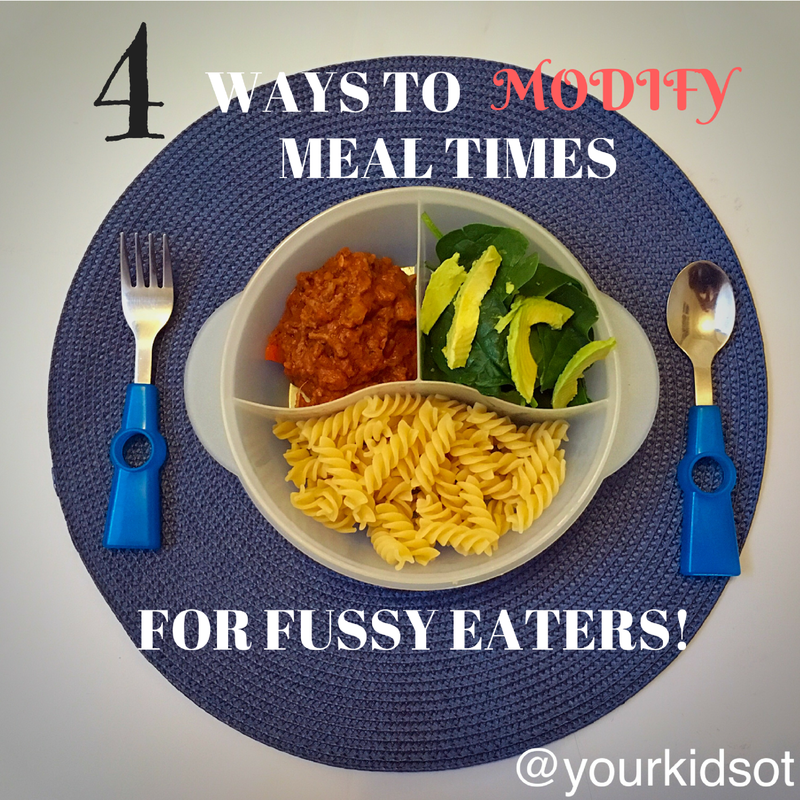
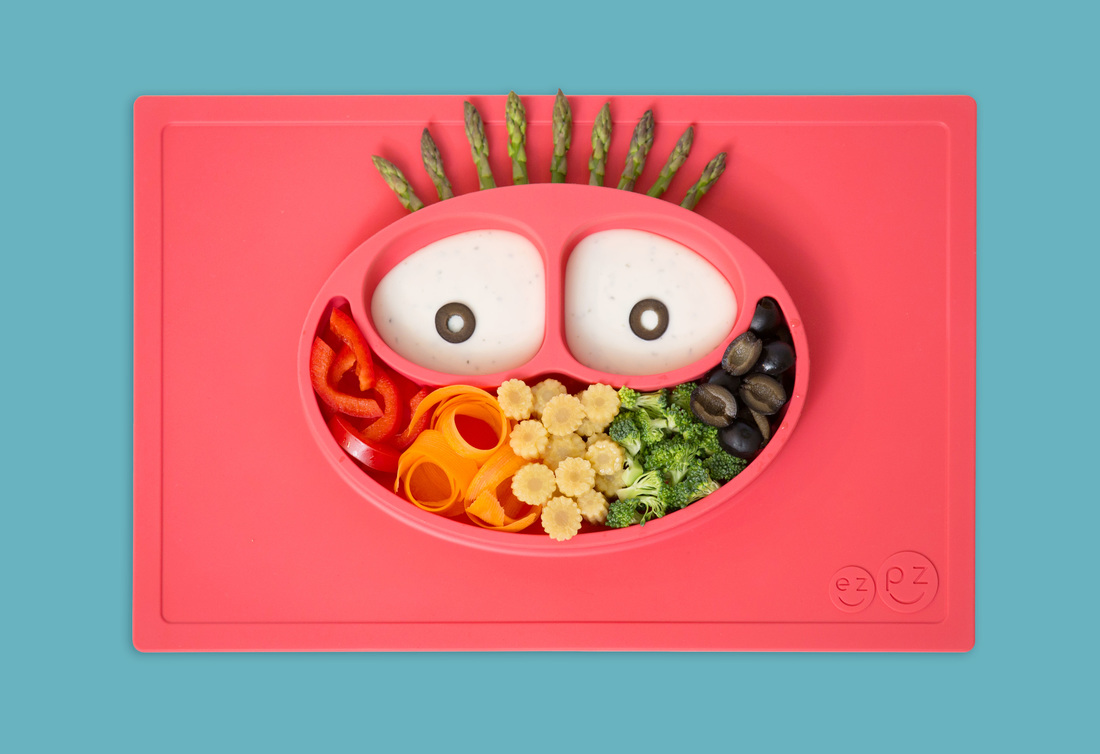
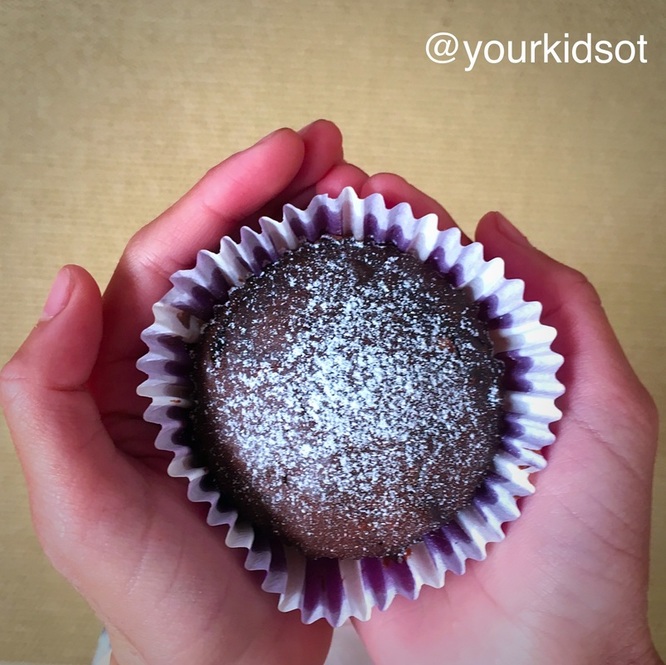

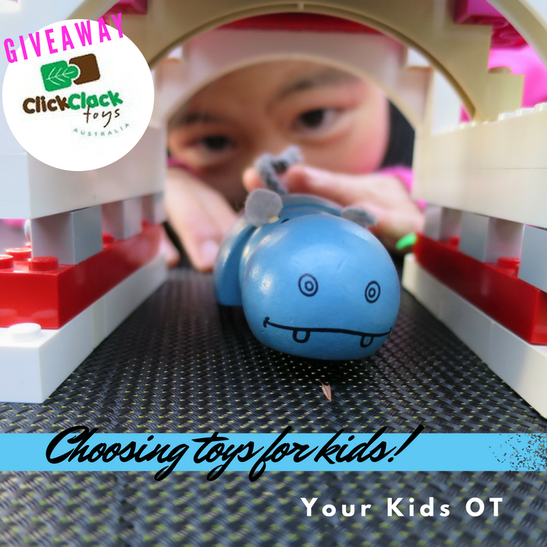
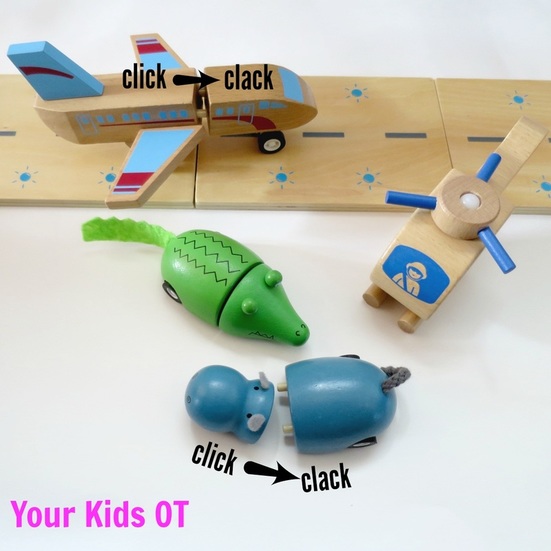
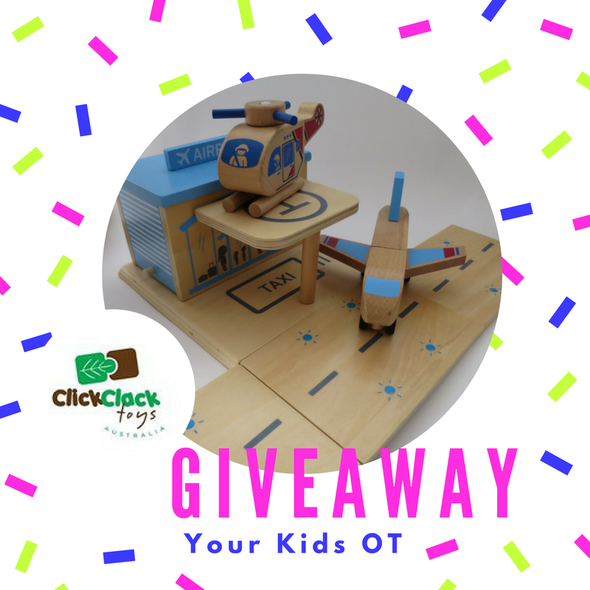
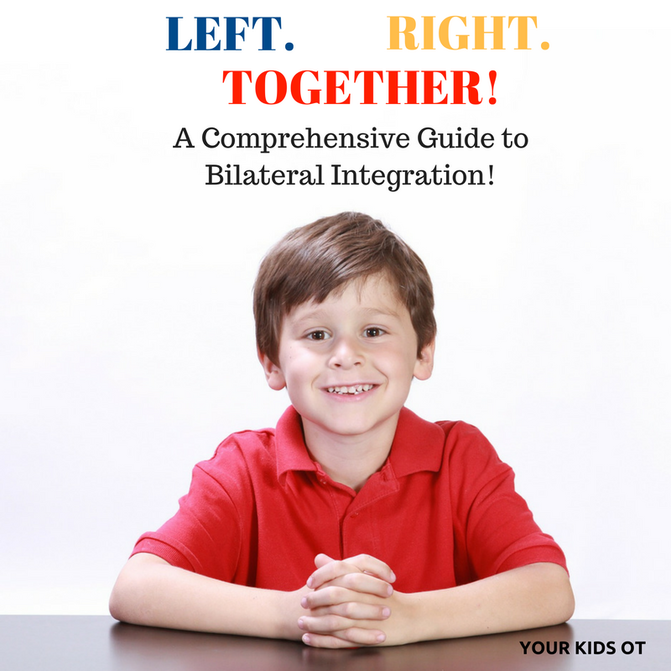
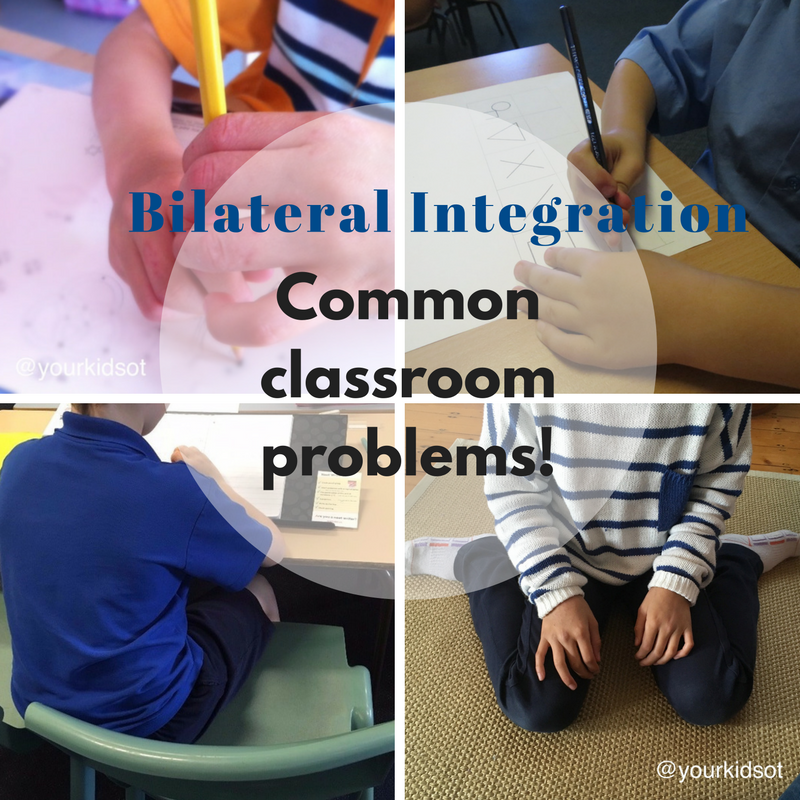
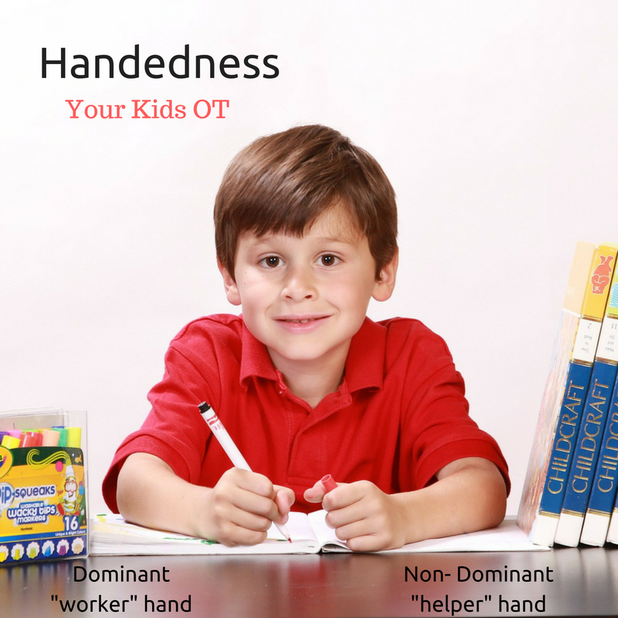
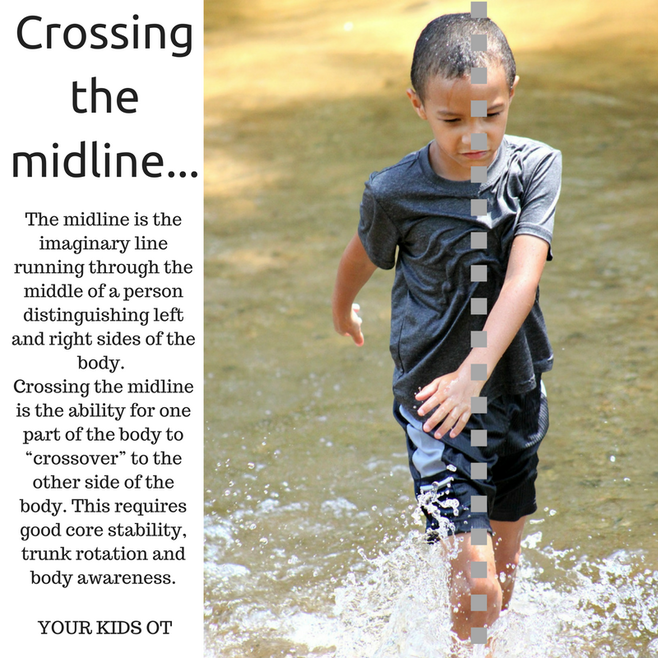
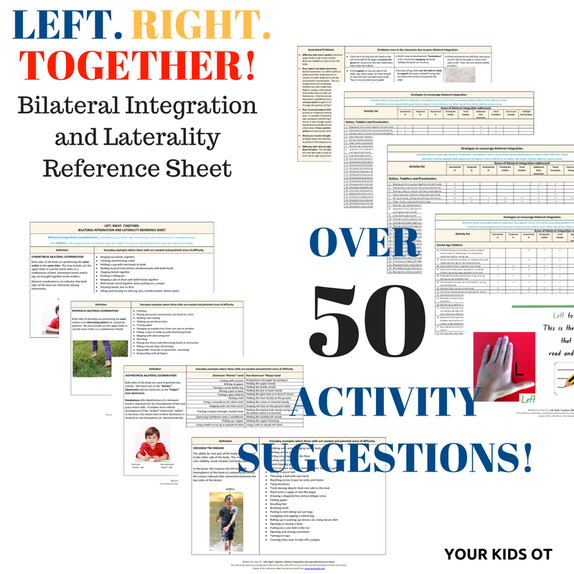
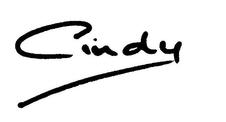
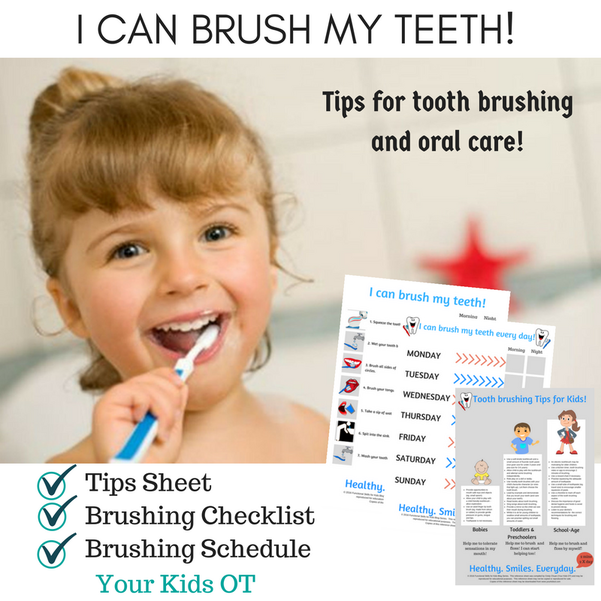
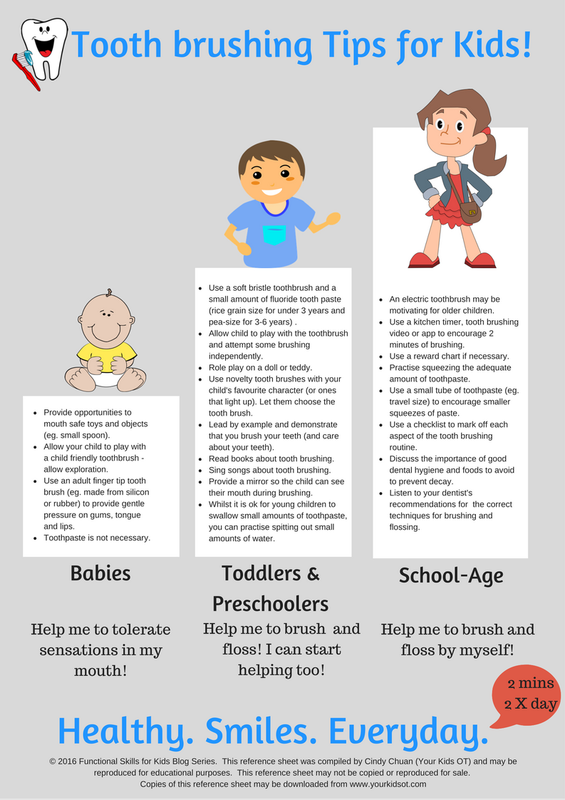
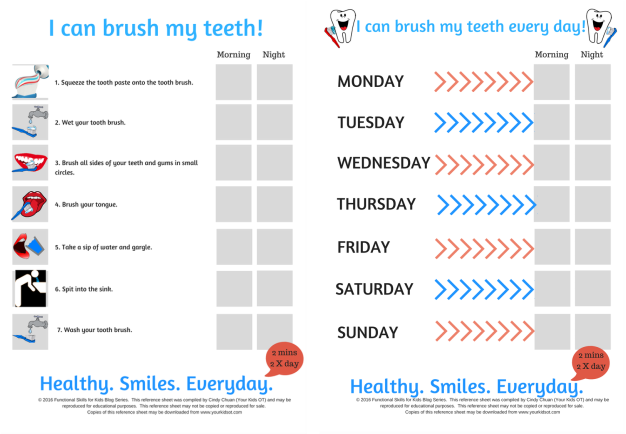

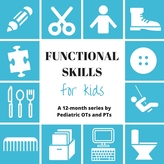
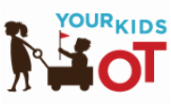


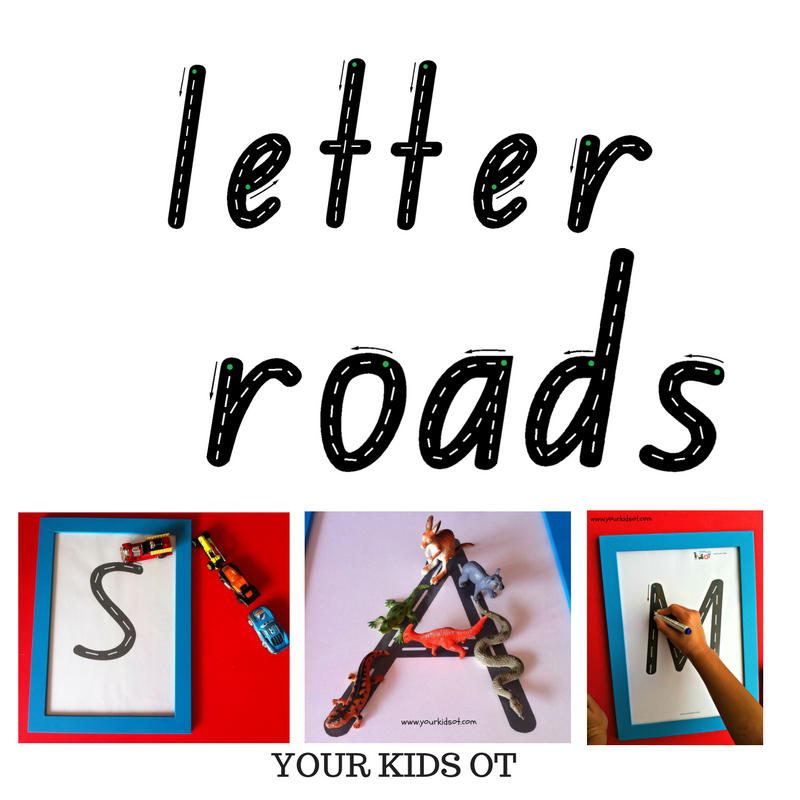
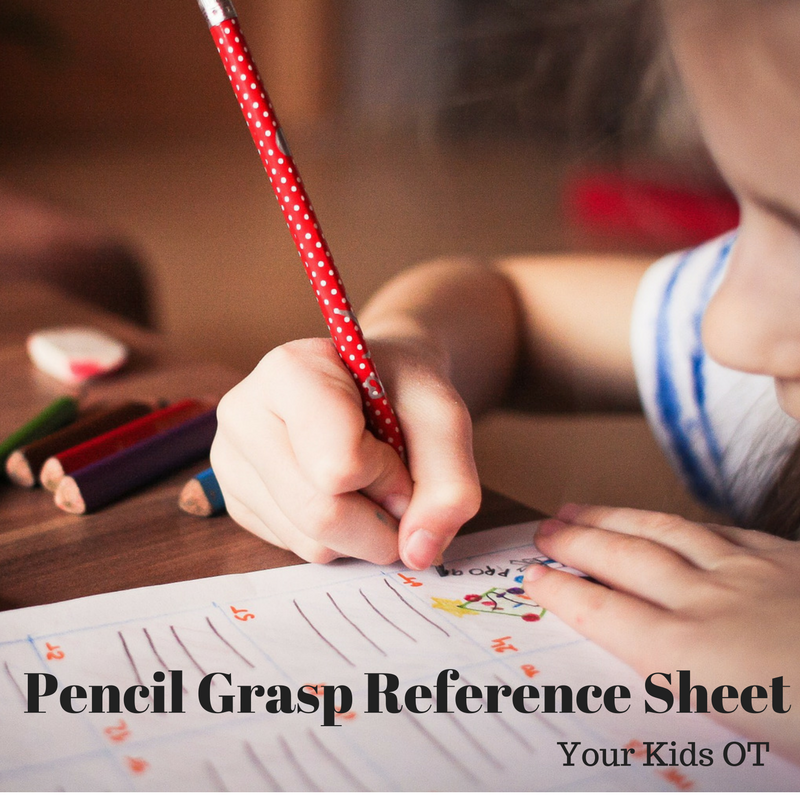
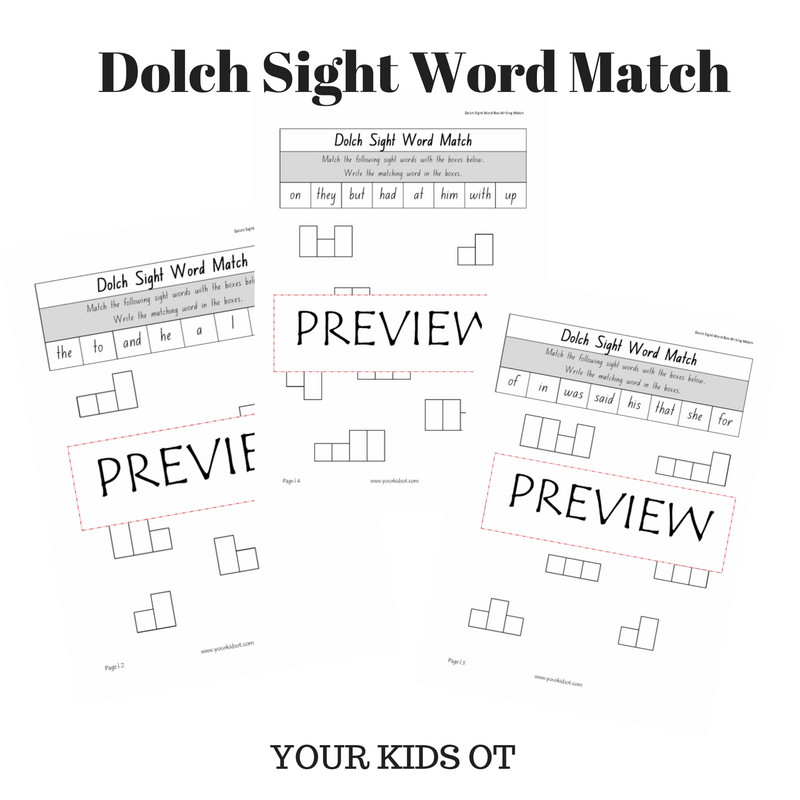
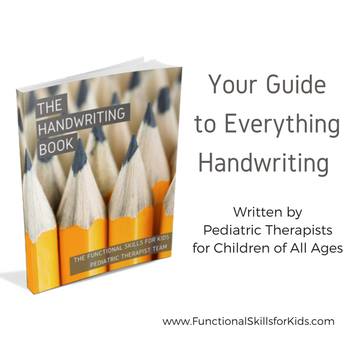
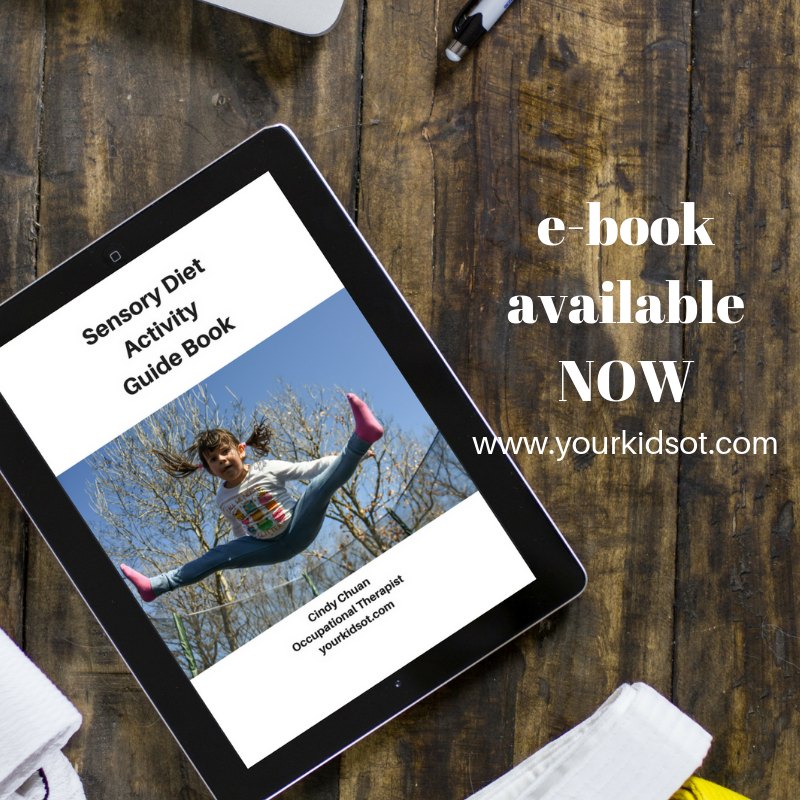
 RSS Feed
RSS Feed
